Service History
At 319 feet, the
Appomattox was the largest wooden bulk steamer ever constructed on the Great Lakes, possibly in the world. It was the innovative use of steel cross bracing, keelson plates, and arches that made such a massive oak hull possible. These features, its triple-expansion steam engine, and other first-class marine equipment made the
Appomattox a thoroughly modern vessel when it was built in 1896. They also vividly illustrate the momentous transition from the use of wood to steel to build large boats.
The
Appomattox was one of a series of remarkable vessels built by Captain James Davidson of West Bay City, Michigan. For seven decades, Davidson worked on the lakes as a ship captain, maritime entrepreneur, and innovative shipbuilder.
The
Appomattox's career was relatively short for a Davidson vessel. It was operated by the Davidson Steamship Company from August 1896 through September 1899. Davidson initially enrolled the steamer in Port Huron, Mich. In the late 1890s, the Davidson Steamship Company reorganized as a Minnesota corporation, and in the spring of 1899, the
Appomattox's port of enrollment shifted to Duluth, Minnesota. Its Captain, at least for part of this time, was G.A. Tomlinson, James Davidson’s son-in-law. Tomlinson was also a vice president of the Davidson Steamship Company, and he was fast becoming a major force in the Great Lakes Shipping Industry.
Late in the 1899 season, the Boston Coal Dock and Wharf Company purchased the
Appomattox. The firm was based in New Jersey but operated out of Duluth. Managed by Pickands, Mather & Company, the
Appomattox continued to haul Lake Superior iron ore on its eastward voyages, bringing coal when it returned westward.
The steamer’s iron ore capacity exceeded 3,000 tons. Like Davidson’s other huge steamers, it generally towed a large wooden schooner barge.
Under the ownership of Boston Coal Dock and Wharf, the
Appomattox towed the 324-foot schooner barge
Santiago, also built by Davidson. Working in tandem, the two vessels could carry up to 8,000 tons of iron ore, significantly more than the larger and more expensive steel bulk carriers of the period. The cost of building a Davidson steamer and consort in the late 1890s was perhaps 50-70 percent that of constructing a steel vessel with a comparable cargo capacity.
However, a steamer and schooner barge consort had one significant drawback. Safely maneuvering two large vessels connected by a single line could be challenging—sometimes impossible. For example, in early August 1905, the
Appomattox-Santiago team was involved in a serious accident on the narrow St. Clair River, between Lake Huron and Lake Erie. Traveling in light fog, the
Santiago veered off course and smashed into the schooner barge
Fontana. The
Fontana immediately sank, taking the life of one crewmember.
Final Voyage
On November 2, 1905, the
Appomattox was again towing the
Santiago, both loaded with coal. The pair was proceeding southward along the west shore of Lake Michigan when they encountered a dark bank of dense, industrial smoke. The combination of fog and smoke obscured the range lights on the north end of Milwaukee. The vessels ventured in too close to shore, and they went aground on a rocky bottom near North Point. A third vessel, the
Iowa, made the same mistake and also ran aground.
The
Santiago and
Iowa were quickly freed by the fast work of tugs, a Revenue Service cutter, and crews from the U.S. Lifesaving Service Station. The
Appomattox, however, had gone aground hardest. The steamer suffered considerable bottom damage, and the rescue crews were unable to float it.
During the morning, the weather worsened substantially. According to the lifesaving station log, the sea state went from moderate to high. The pounding waves further damaged the
Appomattox. For the next 13 days, wrecking crews and the U.S. Lifesaving Service fought to salvage the vessel. The damage, however, proved too severe. The
Appomattox's bottom had broken in several places and, even with several pumps working, the vessel would not float. The wreckers abandoned it on November 15, 1905. Two years later, the Reid Wrecking company removed the machinery, leaving the broken but well-preserved hull where it lies today.
Today
The site of the
Appomattox lies in 15 to 20 feet of water, approximately 150 yards off Atwater Beach in the village of Shorewood, Milwaukee County. The Wisconsin Historical Society places a mooring buoy on the site during dive season. A 250-foot section of the
Appomattox's lower bilge remains intact, with the bow facing southwest. A 260-foot section of the port hull lies adjacent to the wreck, having collapsed and fallen away from the lower bilge section. The ship’s boilers and engine were salvaged, but remnants of the engine beds remain. A large four-bladed propeller, which lies approximately 500 yards southeast of the site, probably belongs to the
Appomattox.
A small debris field lies north and east of the bilge section. It includes remnants of steam pipes, iron plates and miscellaneous associated items. Little of the coal cargo remains. Some was lightened in attempts to pull the
Appomattox free, and the remainder washed ashore over several years and was collected by Milwaukee residents. Off the stern is a large wooden timber, probably remains of the sternpost and associated deadwood.
The timbers and scantlings are remarkably large, as would be expected on the world's largest wooden ship. The vessel's major longitudinals include a main keelson, with multiple floor keelsons set on either side. In the midships area, additional floor keelsons are placed at the turn of the bilge. Two wooden stringers run along the top outermost edges of the center keelson, where the deck stanchions were once fastened. On either side of the main keelson are six floor keelsons. Transverse spacers separate the main keelson and the first floor keelson. Several limberboards remain atop the keelson spacers. Floor keelsons were a common addition to large wooden vessels, running the full length of the vessel and providing longitudinal strength to prevent sagging and hogging of the vessel ends.
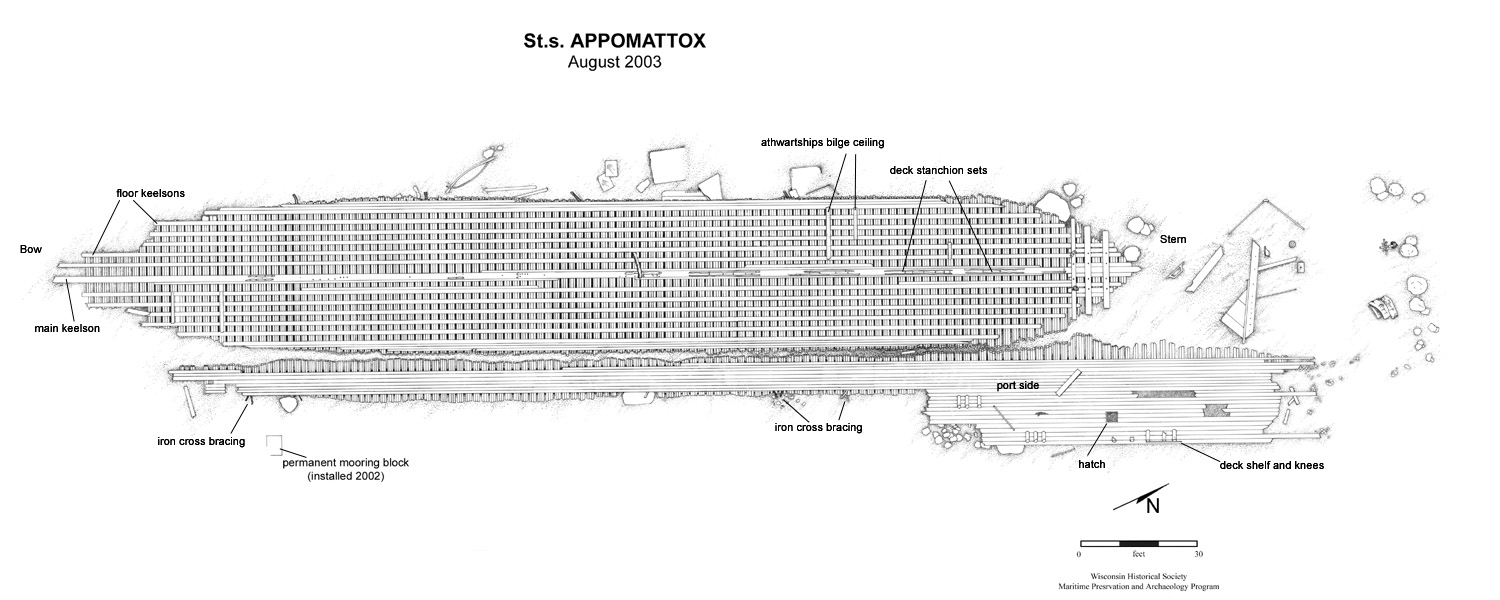
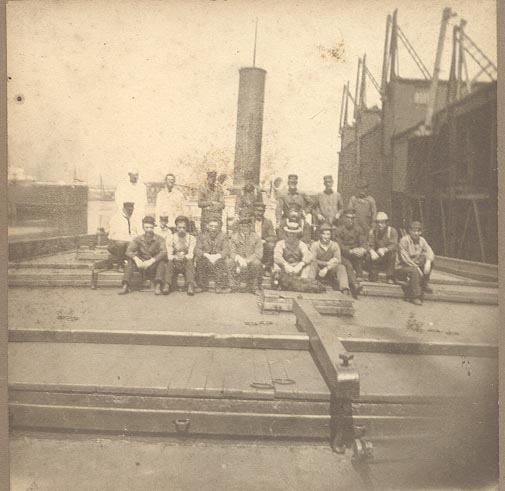
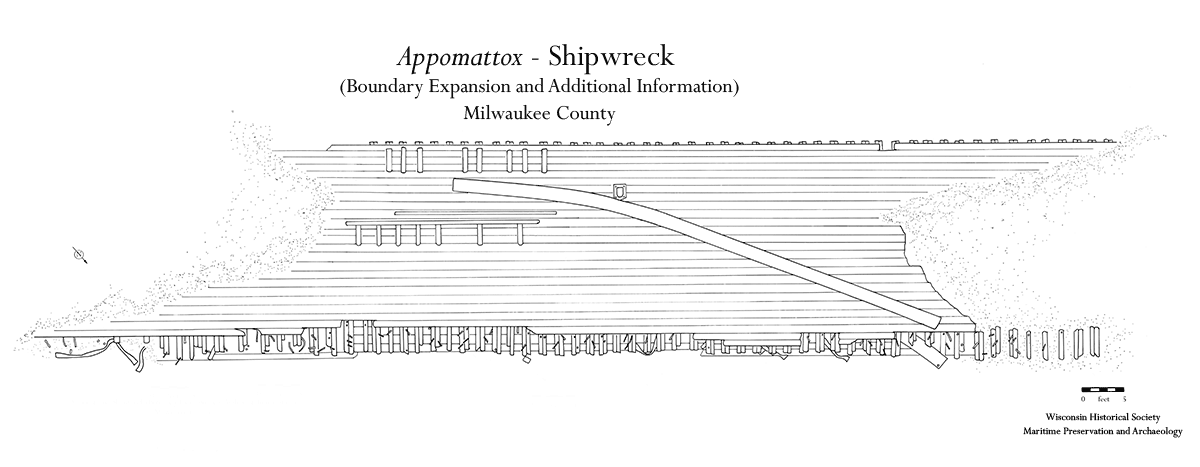
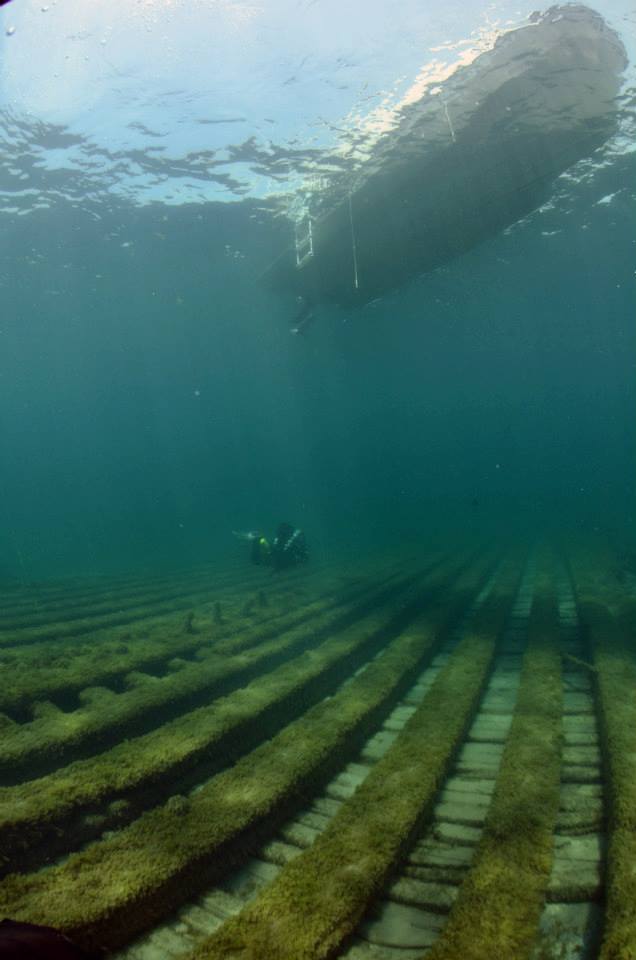
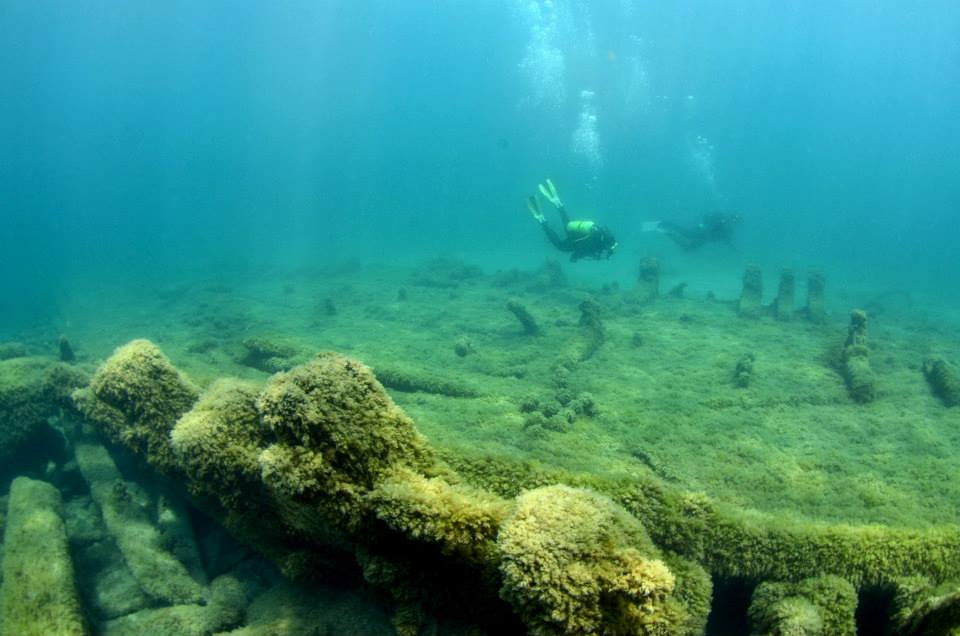

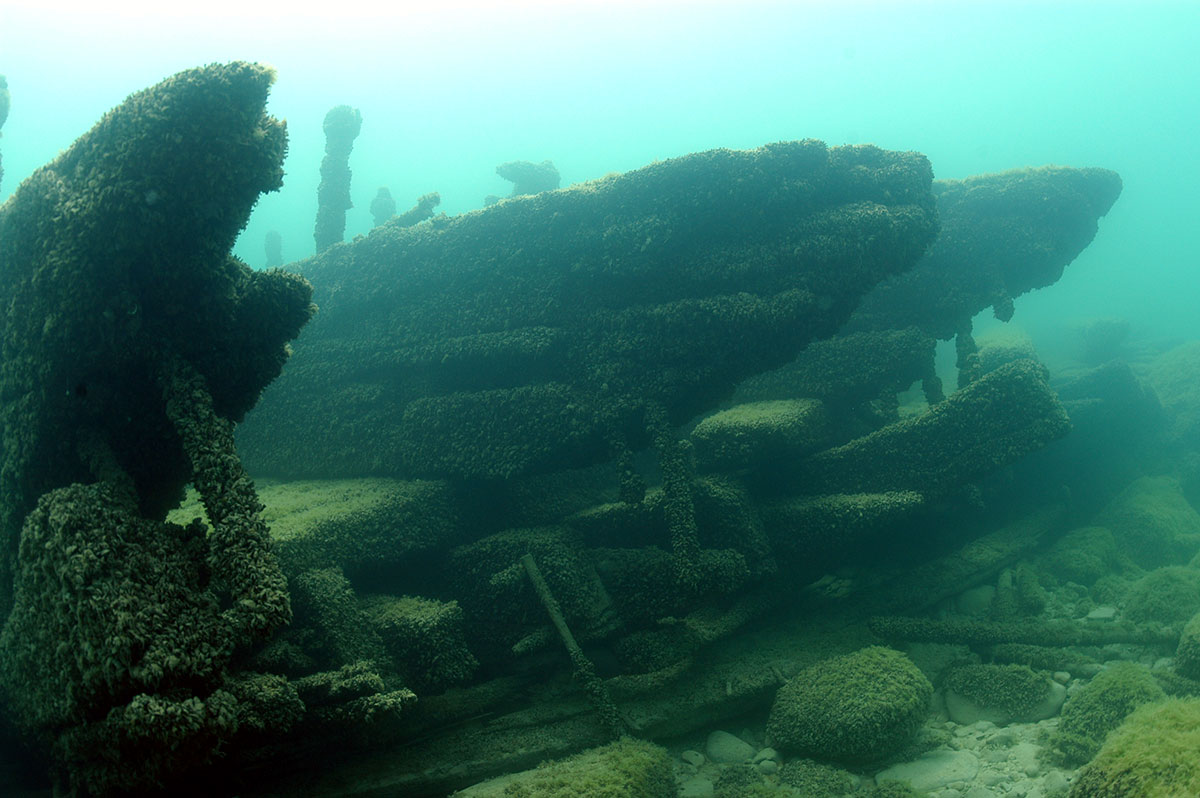
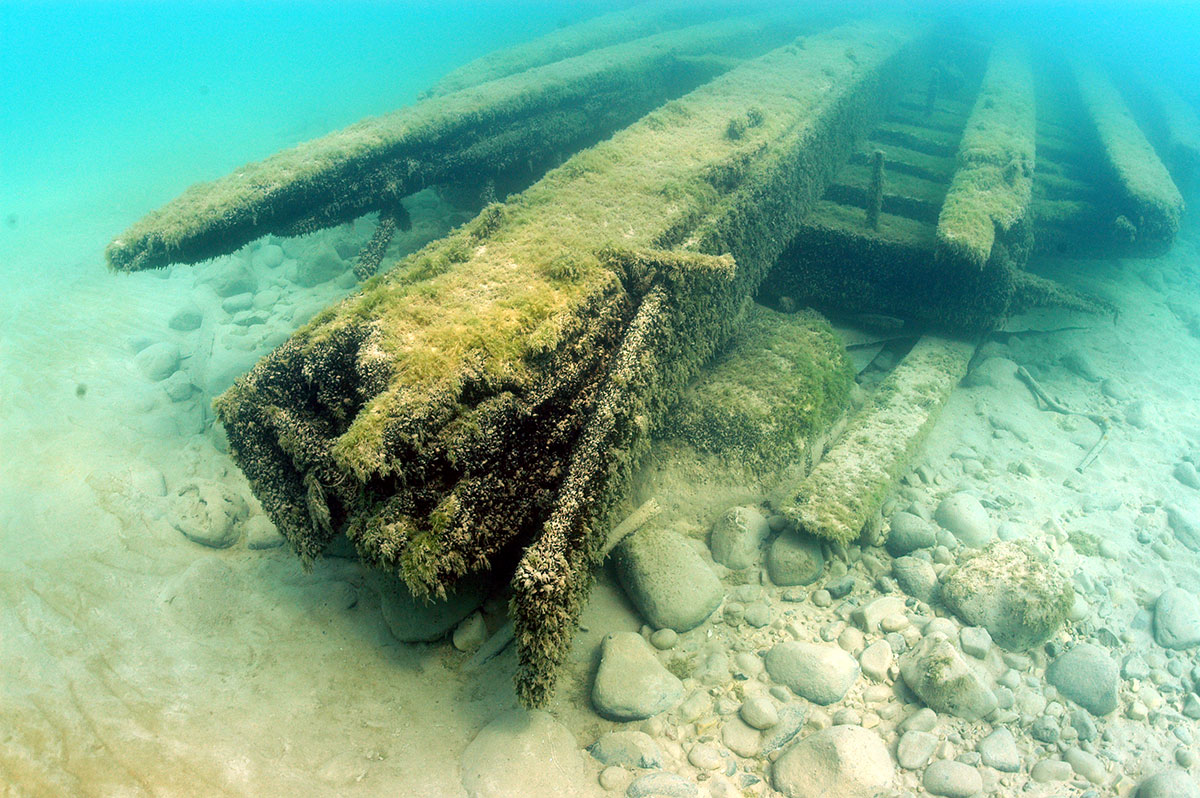
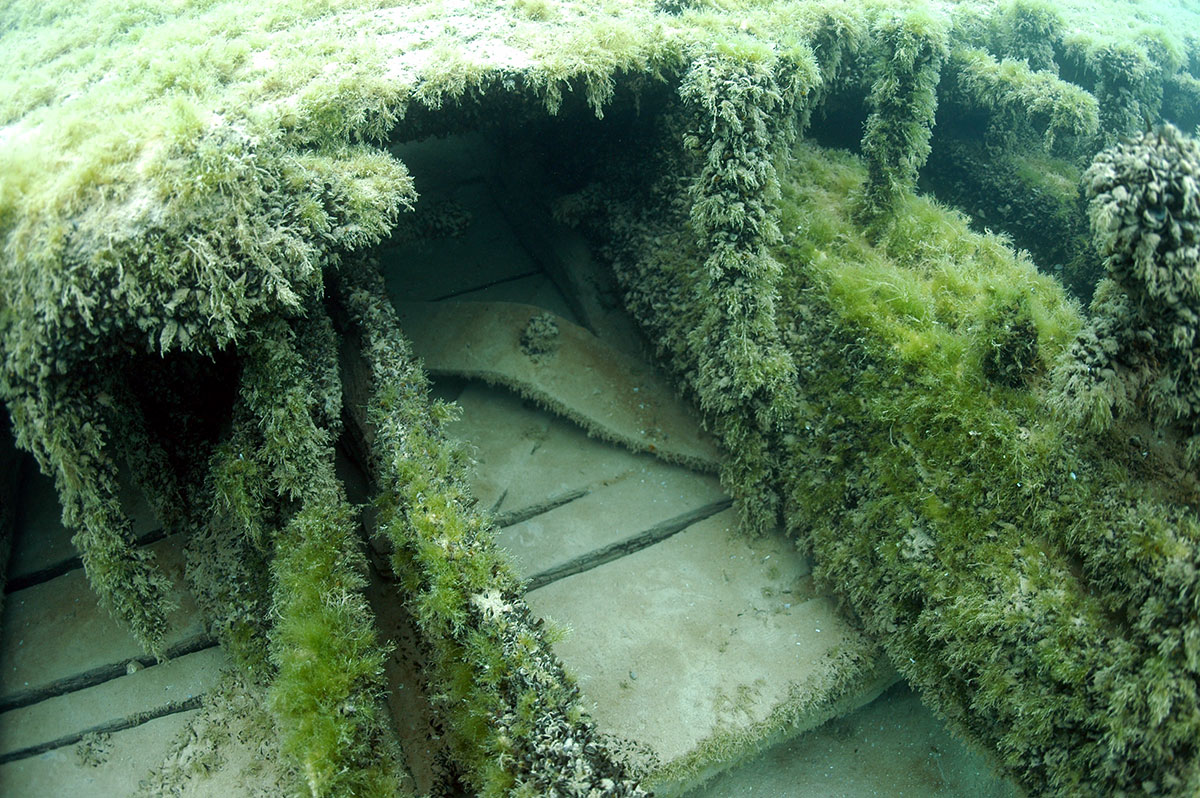
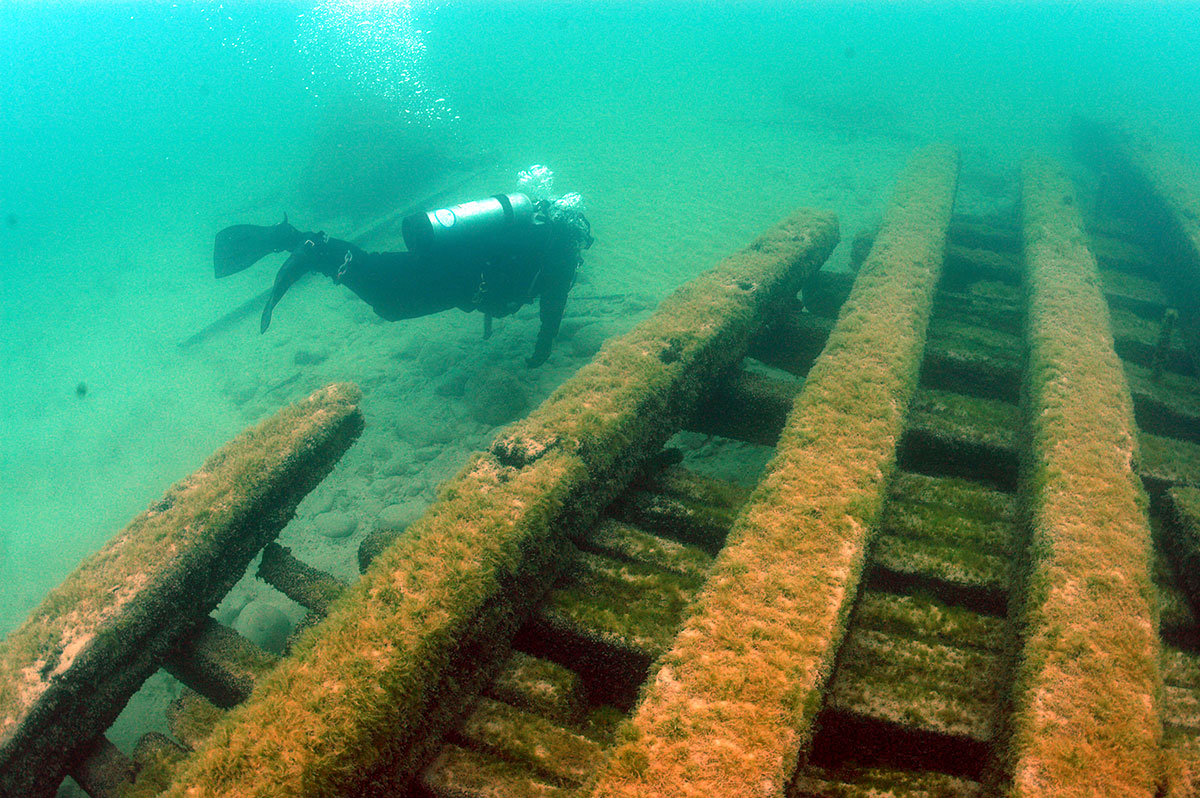
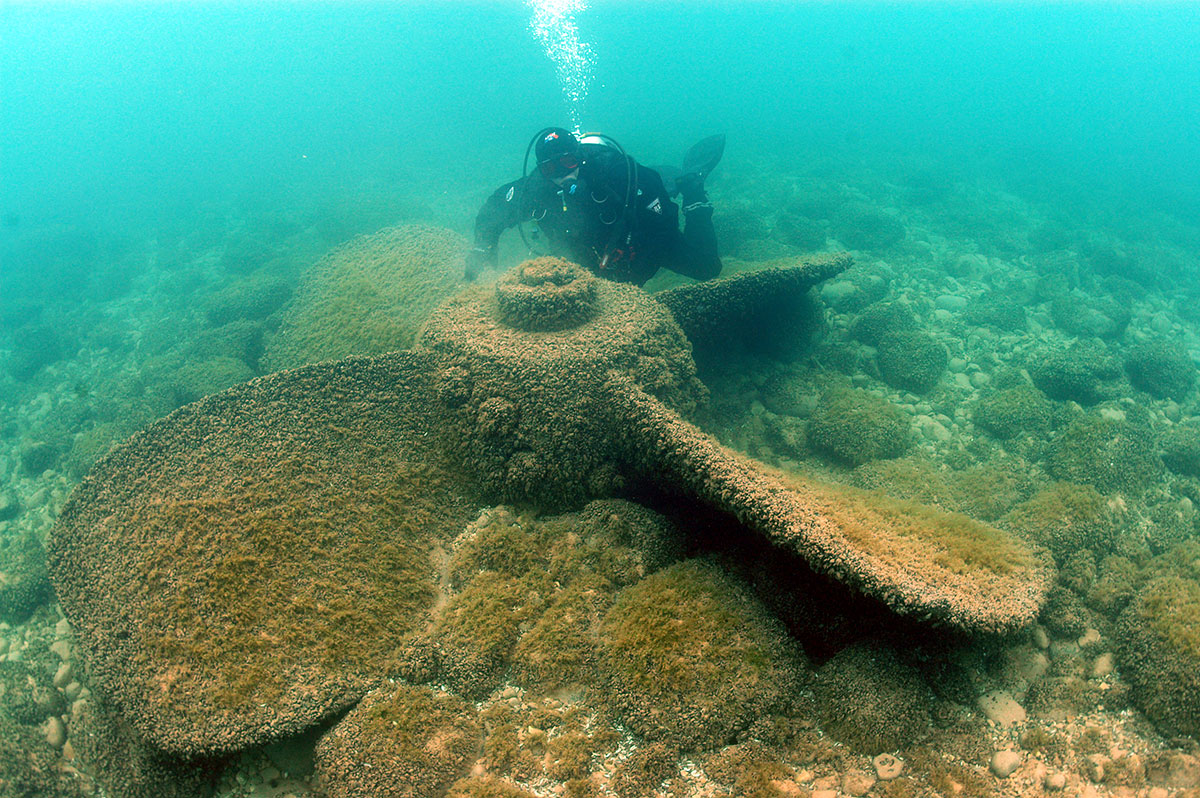
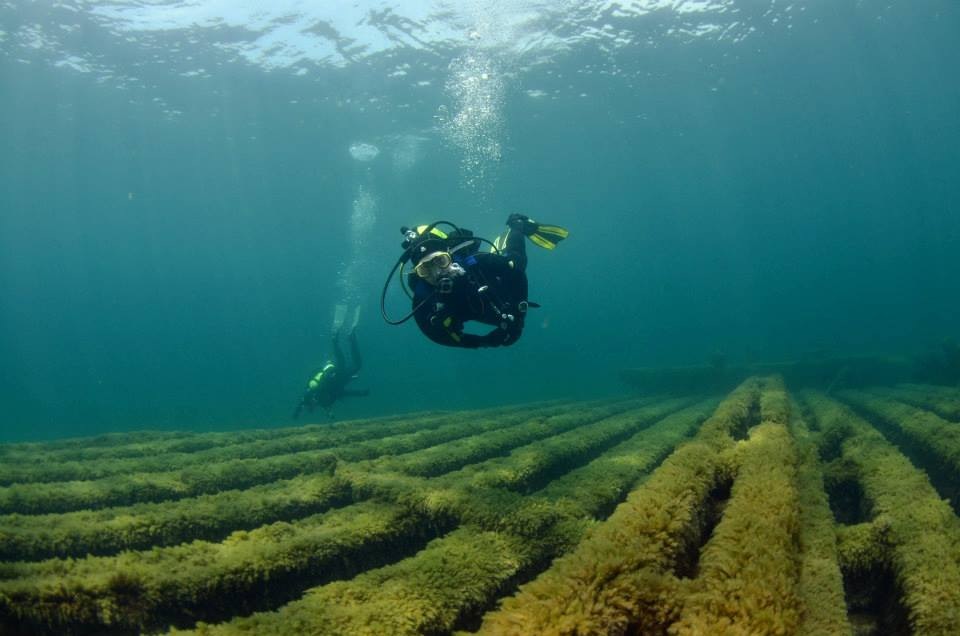


 Confirmed Location
Confirmed Location
 Unconfirmed location
Unconfirmed location